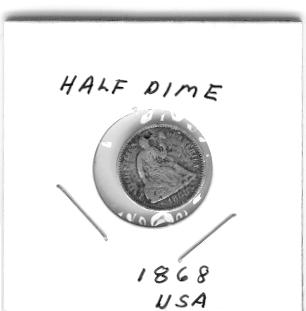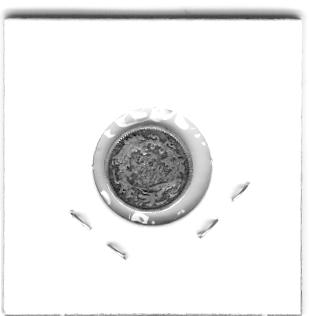
In this fabled land of milk and honey, of roads made of gold, of a veritable cornucopia of abundance and opulence, savvy entrepreneurs relentlessly devise ways and means to cater to the insatiable drives of the citizenry desirous of claiming a yearned-for piece of the above, i.e., in pursuit of their American “dreams”. And the menu of choices are just as varied as the cosmopolitan ethnicities of the population, and the diversity of moral, political, social, etc. orientation and persuasion of the populace.
In highlighting one such endeavor, The Learning Annex, we get to see the dizzying diversity of options available and open to those seeking to pursue their own individual goals.
And from its descriptive name, the Learning Annex, is one such enterprise catering to providing and equipping those interested with skills and attitudes custom designed for their specific requirements.
Here’s the company overview from its
website:
The Learning Annex is the premier producer of seminars, lectures, classes and workshops throughout the United States and Canada. We provide our students with the tools they need to change careers, make more money, improve their relationships, empower their lives and support personal and spiritual growth. We offer over 8000 events a year!
Our monthly magazine reaches over 2.5 million people. It is distributed through the mail, in street kiosks and retail outlets. Learning Annex students enjoy unprecedented access—at modest prices—to best-selling authors, show-business luminaries and high profile, powerful industry leaders who share their expertise in formats ranging from 3-hour classes to weekend events.
Our courses range in diversity from powerful lectures by such speakers as Donald Trump, Larry King, Jerry Lewis, Sarah Jessica Parker, Henry Kissinger, Tony Robbins, Deepak Chopra, Bishop Desmond Tutu, Barbara Bush, P. Diddy, Sylvia Browne, James Van Praagh and Robert Kiyosaki to our “How To” seminars ranging from writing a business plan, investing in Real Estate, and succeeding in the music business to social activities like our Whitewater Rafting trip and Wine Tastings.
Over our 25-year history, The Learning Annex has become so recognizable in contemporary culture that we have been featured in hit shows such as Sex and The City, Six Feet Under, The Simpsons, Will and Grace, Dharma and Greg, to name a few. Additionally, Mad TV, Saturday Night Live and Jay Leno have incorporated The Learning Annex into their parodies.
The Learning Annex continues to enlighten millions of students seeking a casual and practical learning environment. Within the last year we have expanded our reach with our online audio and video classes and a new book series available in stores nationwide. In 2004 we successfully launched The Learning Annex Real Estate Wealth Expo where twenty one thousand students came to the Jacob Javits Center in NYC to learn from Donald Trump, Rich Dad Poor Dad Robert Kiyosaki, Suze Orman, Rudy Giuliani and 72 other Real Estate and Wealth Experts. In 2005 we expanded our Real Estate Wealth Expo to 3 cities, Los Angeles, New York and Chicago. Over 46,000 people attended in Los Angeles. In 2006 Learning Annex will launch a national tour in 7 cities. For more information visit www.RealEstateWealthExpo.com.
The Learning Annex is committed to impacting and improving the quality of people’s lives through powerful, practical, and insightful classes, workshops, seminars and expos
Aside from having all relevant information neatly provided in its website, it also publishes in different localities (the one featured above is for the San Francisco area) regularly a glossy-covered magazine made available in many locations, usually outside well-patronized stores, for free.
Consider the myriad of course choices available at any given time, from the mainstream to the very pioneering or exotic. Like how exotic can it get when one of the courses offered is about getting started in porn films lectured by an experienced and well-known porn artist. With appropriate demos, I suppose.
Here’s a random sampling of the courses offered in the magazine, whose cover is featured above.
They can be as mainstream as learning the new-fangled technologies required in the corporate world and in one’s own business: (CLICK ON IMAGES TO ENLARGE)

Or as ancient as lessons on how to get rich:

Or learning to dance or play an instrument:
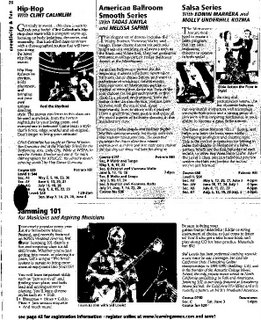
Or the old game of SEX and its many allures:

Or going beyond into more uninhibited behavior:
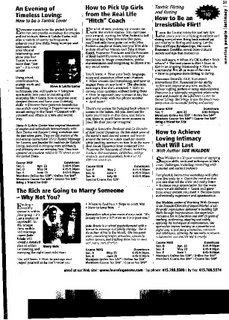
 The current day Philippine peso definitely cannot get one a bagful of pan de sal, the islands’ bread staple. Imagine what a half centavo could purchase!
The current day Philippine peso definitely cannot get one a bagful of pan de sal, the islands’ bread staple. Imagine what a half centavo could purchase!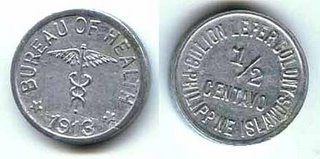 A little added trivia. In 1913, the local Bureau of Health issued the Culion Leper Colony half centavo. To those unfamiliar, Culion island, part of Palawan, was (is?) a leper colony ran by the bureau, where lepers could be isolated and treated. An uncle doctor was assigned there when I was a kid and thus, I spent part of my youth in the island among the lepers as a chaperone of my grandmother.
A little added trivia. In 1913, the local Bureau of Health issued the Culion Leper Colony half centavo. To those unfamiliar, Culion island, part of Palawan, was (is?) a leper colony ran by the bureau, where lepers could be isolated and treated. An uncle doctor was assigned there when I was a kid and thus, I spent part of my youth in the island among the lepers as a chaperone of my grandmother.








